Introduction
Baogufan, a humble yet deeply rooted dish in Chinese cuisine, translates to “corn rice” in English. This unassuming meal, born from the ingenuity of rural communities, combines coarse cornmeal with rice to create a hearty, nutrient-rich staple. Often overlooked in modern culinary landscapes dominated by refined grains, Baogufan remains a testament to resourcefulness and tradition. Its rough texture and earthy flavor profile may seem simple, but mastering its preparation requires attention to detail and respect for age-old techniques. This article delves into the history, ingredients, and meticulous process of crafting authentic Baogufan, ensuring even novice cooks can recreate this timeless dish in their kitchens.
The Cultural Tapestry of Baogufan
To appreciate Baogufan fully, one must understand its cultural significance. Originating in regions where corn thrived—such as Southwest China—this dish emerged as a solution to food scarcity. Farmers combined cornmeal, a locally abundant crop, with rice, a more precious grain, to stretch meals and nourish families. Over centuries, it evolved from a survival food into a symbol of resilience and frugality. Today, Baogufan is cherished not only for its nostalgic taste but also as a bridge between generations, with grandparents passing down recipes to younger family members. Its preparation often involves communal effort, reflecting the collaborative spirit of rural life.
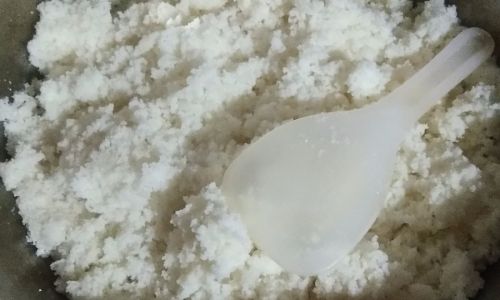
Ingredients: Simplicity Meets Nutrition
The beauty of Baogufan lies in its uncomplicated ingredient list, which highlights the natural flavors of corn and rice. Here’s what you’ll need:
- Cornmeal (2 cups): Opt for coarsely ground yellow or white cornmeal. Avoid instant or finely milled varieties, as they lack the texture critical to authentic Baogufan.
- Short-grain rice (1 cup): This variety absorbs moisture better than long-grain rice, ensuring a cohesive texture when combined with cornmeal.
- Water (4–5 cups): Adjust based on desired consistency; more water yields a softer result, while less preserves a grainy texture.
- Salt (1 tsp, optional): Enhances flavor without overpowering the dish’s earthy notes.
- Optional add-ins: Diced vegetables (carrots, potatoes), cured meats (bacon, ham), or dried shrimp for depth.
Tools of the Trade
While Baogufan requires minimal equipment, using the right tools ensures consistency:
- Heavy-bottomed pot: Prevents scorching and distributes heat evenly.
- Wooden spoon: Avoids scratching the pot and allows gentle stirring.
- Steamer basket: Essential for the final cooking stage, which imparts a fluffy texture.
- Fine-mesh sieve: For rinsing rice and cornmeal to remove excess starch.
The Preparation Process: A Dance of Patience and Precision
Soaking the Grains
Begin by soaking the cornmeal and rice separately. Place the cornmeal in a large bowl and cover it with 3 cups of water. Allow it to rest for 4–6 hours, or overnight in the refrigerator. This soaking period softens the cornmeal’s coarse texture and reduces cooking time. Meanwhile, rinse the rice under cold water until the water runs clear, then soak it in 2 cups of water for 2 hours. Soaking rice ensures even cooking and prevents it from becoming mushy.
Combining and Initial Cooking
Drain the soaked rice, reserving the water. In a heavy-bottomed pot, combine the rice, cornmeal, and 4 cups of the reserved rice-soaking water (top up with fresh water if needed). Stir gently to avoid clumping. Place the pot over medium heat and bring the mixture to a simmer. Reduce the heat to low, cover, and cook for 15–20 minutes. Stir occasionally to prevent sticking, using a wooden spoon to scrape the bottom of the pot.
The Steaming Ritual
Once the mixture thickens and the water is mostly absorbed, transfer it to a steamer basket lined with cheesecloth or parchment paper. This step is crucial for achieving Baogufan’s signature lightness. Steam over boiling water for 30–40 minutes, or until the grains are tender yet retain a slight chewiness. Avoid lifting the lid during steaming, as this releases steam and prolongs cooking time.
Final Flavor Infusion (Optional)
For added complexity, introduce aromatics during the steaming phase. Layer sliced ginger, garlic, or scallions beneath the cheesecloth, or sprinkle dried mushrooms or smoked meat over the grains. These ingredients impart subtle flavors without overwhelming the dish’s inherent simplicity.
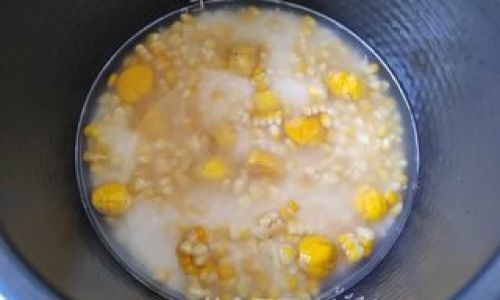
Resting and Serving
After steaming, remove the Baogufan from the heat and let it rest, covered, for 10 minutes. This resting period allows the grains to settle and absorb residual moisture, resulting in a cohesive texture. Fluff gently with a fork before serving.
Variations and Regional Twists
Baogufan’s versatility shines through regional adaptations and creative interpretations:
Vegetarian Delight
Enhance the dish’s earthiness by incorporating roasted sweet potatoes, pumpkin cubes, or chestnuts during steaming. These additions add natural sweetness and texture.
Meat Lovers’ Edition
For a heartier meal, layer thinly sliced cured pork belly or smoked ham over the grains before steaming. The fat renders during cooking, infusing the Baogufan with smoky richness.
Spicy Sichuan-Inspired Version
Add a kick by stirring in doubanjiang (fermented chili bean paste) or diced pickled peppers after the initial cooking phase. Serve with a side of chopped cilantro and toasted sesame seeds.
Modern Fusion
Experiment with unconventional add-ins like grated Parmesan, caramelized onions, or sautéed mushrooms for a gourmet twist. This variation pairs well with a crisp green salad.
Serving Suggestions: Elevating the Humble Bowl
Baogufan’s versatility extends to its pairings. Traditional accompaniments include:
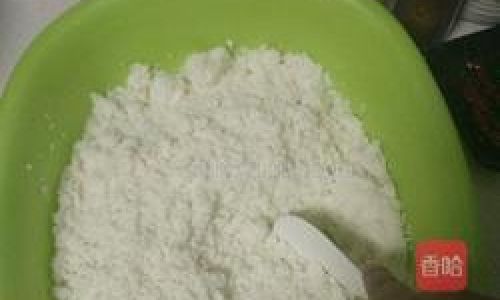
- Pickled vegetables: Tangy turnips or cucumbers cut through the dish’s richness.
- Stir-fried greens: Bok choy or spinach sautéed with garlic adds freshness.
- Soup: A clear broth with tofu and wood ear mushrooms completes the meal.
For a contemporary plate, serve Baogufan alongside grilled proteins like chicken thighs or tofu skewers, or use it as a base for a budget-friendly fried rice dish.
The Health Benefits of Baogufan
Beyond its cultural appeal, Baogufan offers notable nutritional advantages:
- High in fiber: Cornmeal’s insoluble fiber aids digestion and promotes satiety.
- Gluten-free: A safe option for those with celiac disease or gluten sensitivities.
- Rich in vitamins: Cornmeal provides B vitamins and antioxidants like lutein and zeaxanthin.
- Low glycemic index: The combination of cornmeal and rice stabilizes blood sugar levels compared to refined grains.
Troubleshooting Common Pitfalls
Even seasoned cooks may encounter hiccups when preparing Baogufan. Here’s how to address them:
- Too dry: Gradually add hot water (1–2 tbsp at a time) during steaming and fluff gently.
- Mushy texture: Reduce the initial cooking liquid by ½ cup next time, and ensure thorough draining after soaking.
- Uneven cooking: Use a heavy-bottomed pot and avoid lifting the lid during steaming.
- Lack of flavor: Introduce umami-rich ingredients like dried shrimp or kombu seaweed during soaking.
Preserving Tradition in a Modern World
In an era of instant noodles and microwave meals, Baogufan serves as a reminder of the value of slow cooking and mindful eating. Its preparation invites contemplation—the rhythmic stirring, the anticipation of steam, the satisfaction of tasting a dish steeped in history. By mastering this recipe, you not only gain a culinary skill but also honor the resilience of those who nourished generations with simple, wholesome ingredients.
Conclusion
Baogufan is more than a meal; it’s a narrative etched in grains. From its humble beginnings as a peasant food to its revival in health-conscious kitchens, this dish embodies the enduring power of tradition. Whether enjoyed with a side of pickled radishes or paired with modern fusion flavors, Baogufan invites diners to savor the past while nourishing the present. So, gather your ingredients, set aside an afternoon, and embark on a culinary journey that transcends time—one steaming, golden bowl at a time.
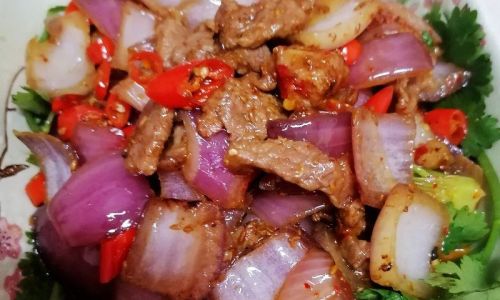
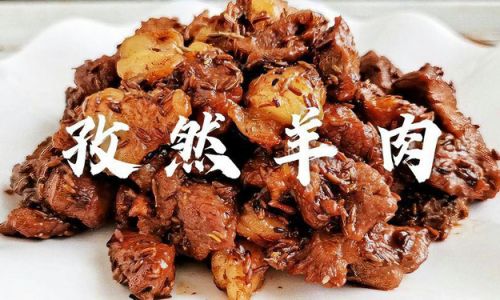
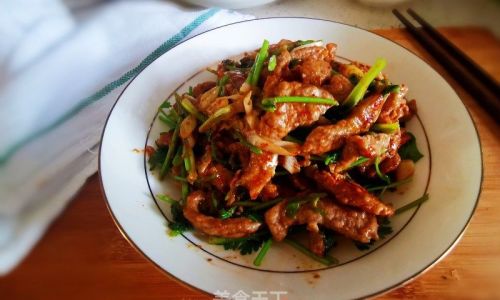
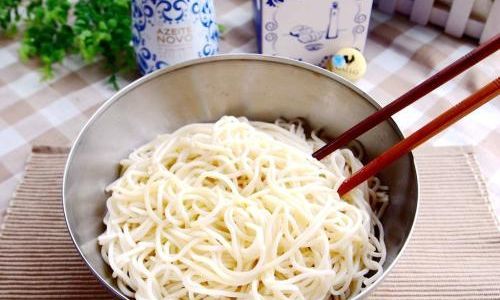
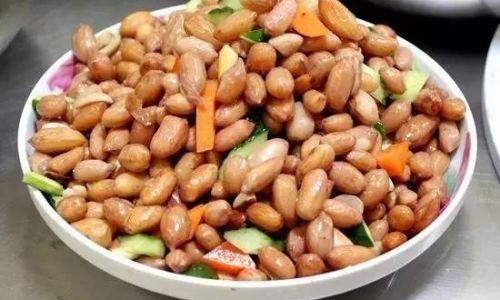
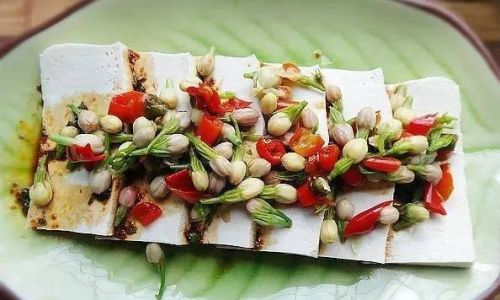
0 comments